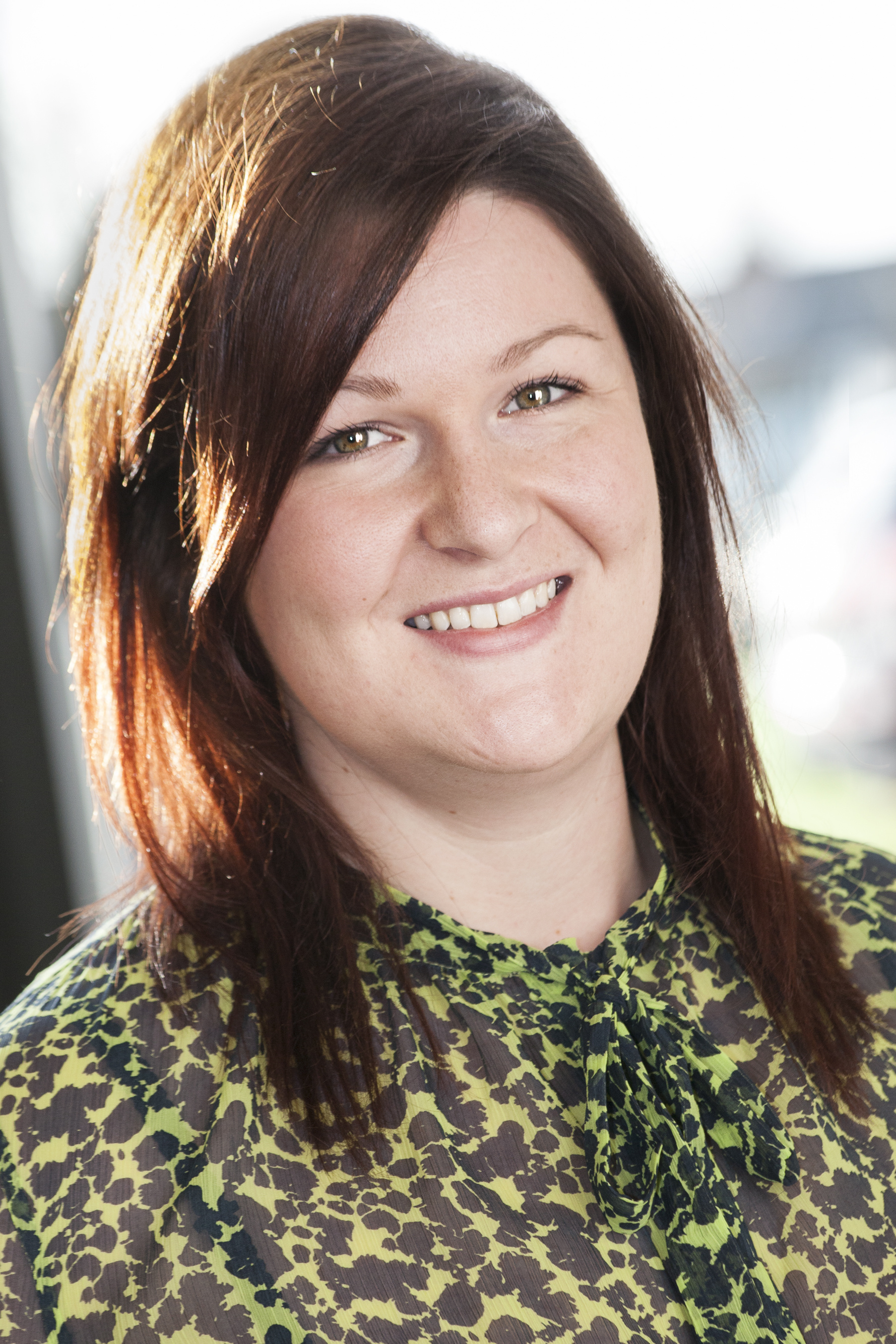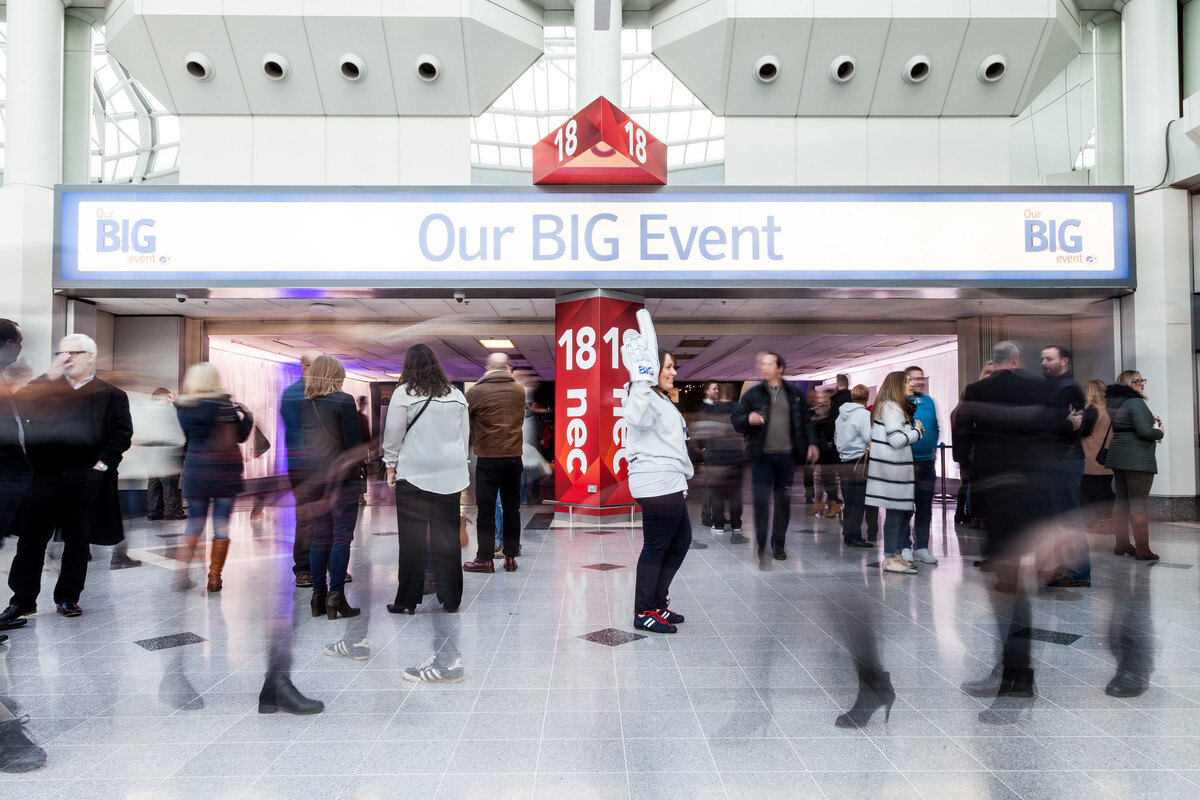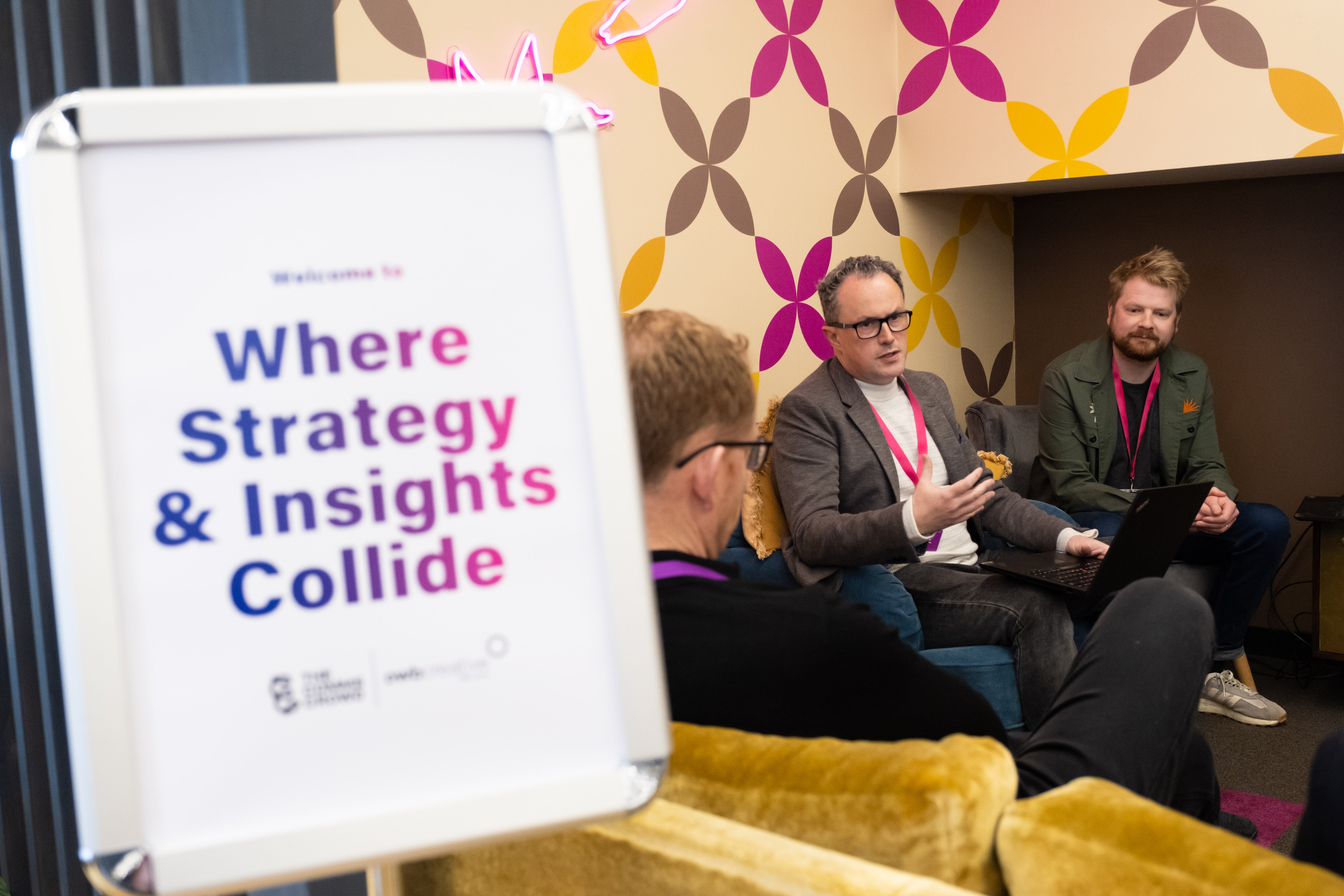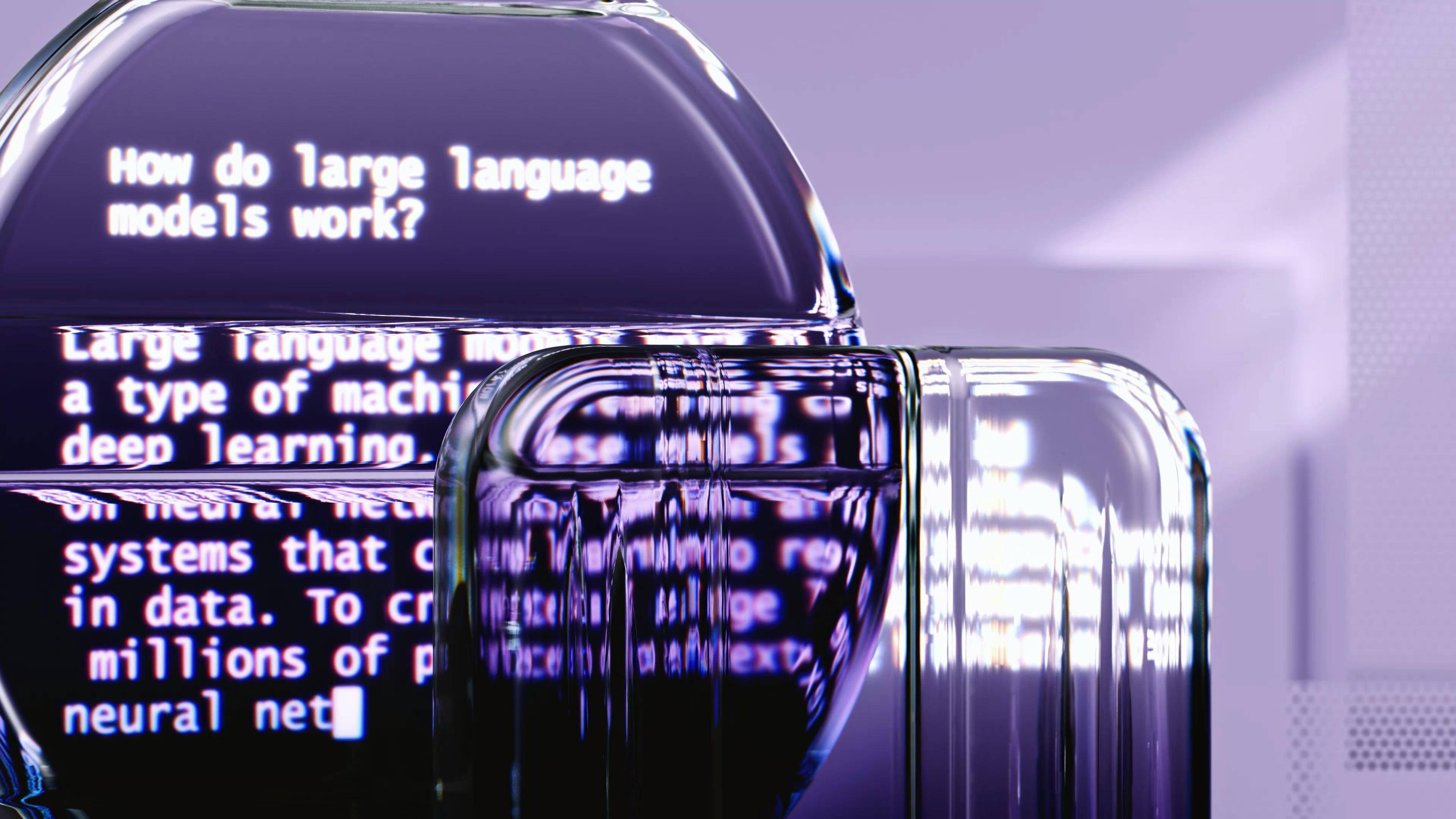I think it is fair to say, that inclusivity, diversity, equity and accessibility is a key topic of discussion in most businesses currently. At DRPG we have certainly seen a rise in the number of client conversations about ensuring any project in question has considered I.D.E.A in the planning stages.
What is I.D.E.A?
I.D.E.A stands for Inclusivity, Diversity, Equity, and Accessibility. These four pillars are essential in creating environments where everyone feels welcomed, valued, and supported.
Inclusivity means ensuring that all individuals, regardless of their background, feel part of the event. It’s about fostering an environment where everyone’s voice is heard and respected.
Diversity involves recognising and appreciating the unique qualities, perspectives, and experiences that each person brings. This can include differences in race, gender, age, disability, sexual orientation, education, and more.
Equity focuses on fairness and justice, providing everyone with the resources they need to succeed. Unlike equality, which treats everyone the same, equity acknowledges that different people have different needs.
Accessibility ensures that all aspects of the event are designed to be usable by everyone, including those with disabilities. This means considering physical spaces, digital content, and communication methods.
Integrating I.D.E.A into event planning means thinking about these elements from the very beginning. By doing so, we can create experiences that not only meet the needs of all attendees but also enhance the overall event for everyone involved.
DRPG’s journey so far
As certified B-Corps, DRPG already has “people” at the top of its agenda, and we recognise we are still in the early stages of our personal journey in the implementation of I.D.E.A across all areas of our business. Recently Kay Forsythe, Senior Advisor, ESG Advisory at Deloitte said, “You don't need to be perfect, you just need to start. It is about going on the journey, with commitment, and curiosity and a willingness to learn. It doesn't matter where you're starting from but start the journey and have the courage of leadership to do that".
DRPG are a creative communications agency in Worcestershire, and by nature of the location demographic, there have always been challenges around diversity at our Head Office, but with offices in London and Manchester, we have been able to recruit from a wider talent pool that has brough greater diversity to our colleague base.
 Caption: DRPG Dale Parmenter at a launch event for the 2024 REACH Event Scholarships
Caption: DRPG Dale Parmenter at a launch event for the 2024 REACH Event Scholarships
We are committed to improvement, and furthermore support, and we have been a founding member and long-term supporters of the Race, Ethnicity and Cultural Heritage (REACH) Event Scholarships. Established to increase the representation of young people from Black, Asian and Minority Ethnic backgrounds on Events Management related degree programmes, the scholarships end goal is to increase diversity within the sector workforce. Last year, saw DRPG help fund REACH Event Scholarships at Manchester Metropolitan which came in the form of a bursary, split equally across three years. For more information, click here.
With 1 in 5 people in the UK having a disability, it is likely that there will be team members attending the events we organise who may require support. It is therefore important that we make the event as inclusive as possible, ensuring participation for everyone. The breaking down of systematic barriers only comes from thinking about these elements during every step of the planning process - not as an afterthought. In the way that we now address sustainability from the outset, we aim for I.D.E.A to be a part of the conversation from the beginning. We want to make sure that everything we create for an event does not put certain individuals at any disadvantage and that everything they need is catered for. Our focus is on equity over equality.
Our aim is to support our clients on the thought leadership of this topic, bringing solutions to the table that focus on the experience of the minority, knowing that in turn the majority will benefit.
Examples of what belonging looks like
A simple example of this is content captioning – to those who may have a hearing impairment, this is a basic and necessary requirement, but to those without, it can support better absorption of the content matter. I personally often watch content on my phone or TV with the subtitles on, especially when the content subject is complex. By building experiences that are built for everyone regardless of their specific needs, creating accessible content and event spaces, benefits everyone.
Another example is consideration around seating arrangements within a plenary session. It is simple to consider different layouts in breakout zones, but within the plenary it is unusual to see difference in set up – usually all theatre style, or all cabaret on round tables, but when considering those with neurodiverse requirements, being asked to sit for long periods of time may be challenging. A solution to this is situating high tables around the edge of the room as this may allow people to stand and feel more comfortable with their backs to a wall so that their focus only needs to be 180 degrees, not 360.
This also plays in to agenda design, giving more autonomy to delegates to choose the experience they want to have, not just at the event but also in pre-communications. Understanding that individuals have different needs means that we can design pre-comms to include different levels of detailed information depending on what an individual may require. For example, one person may appreciate just top-level requirements – time/date/location etc - whereas someone who may have anxiety about attendance may appreciate a more detailed agenda, or a video showing the route from local transport links to the venue if an accessible route is required. Ultimately, this feeds in to event hyper personalisation and designing a delegate experience that’s just for them. See our blog by Matt Franks here.
We also like to think around the whole end-to-end experience and how people communicate differently, such as for post-event feedback. Some people need time to process and don't like answering on the spot. Others don't like to overthink or are time poor so won't give the time to this process. To overcome this, short burst opportunities to chat over ideas may be more beneficial. Giving multiple routes for this communication allows for a better response rate and therefore better data.
Ultimately, and I appreciate this is a small insight into a broad topic, the key thing about the consideration of I.D.E.A at all planning phases for experiences, is that by truly integrating it into the foundations of your event, you create a better sense of belonging. When employees, or consumers in a B2C market, feel represented and included in an honest and transparent way, then that sense of belonging is ingrained into your event message, whether you planned it or not.
To find out more about how we can help turn ideas with I.D.E.A as a focus into an event where each delegate feels like they belong, fill in the contact form here.







